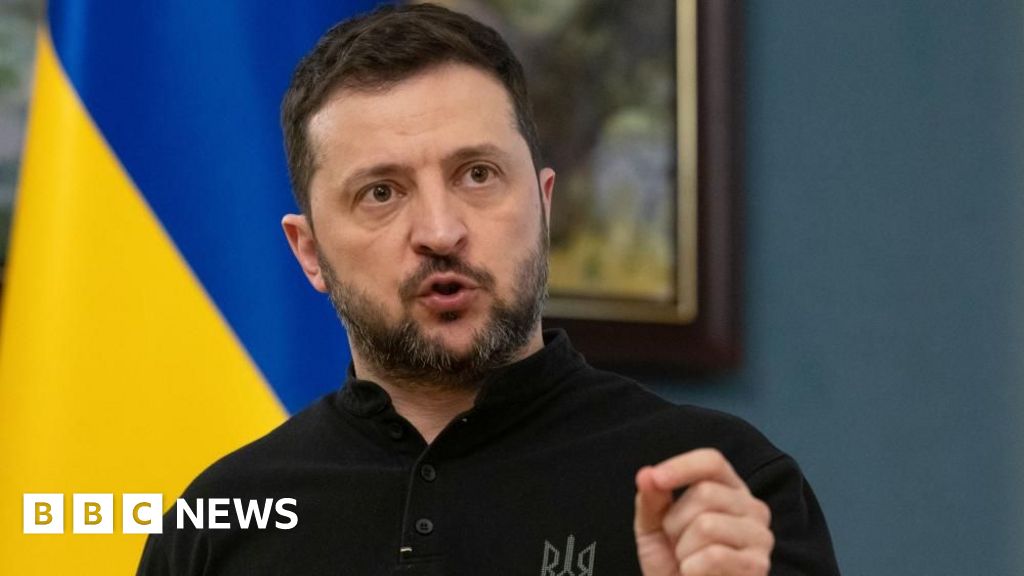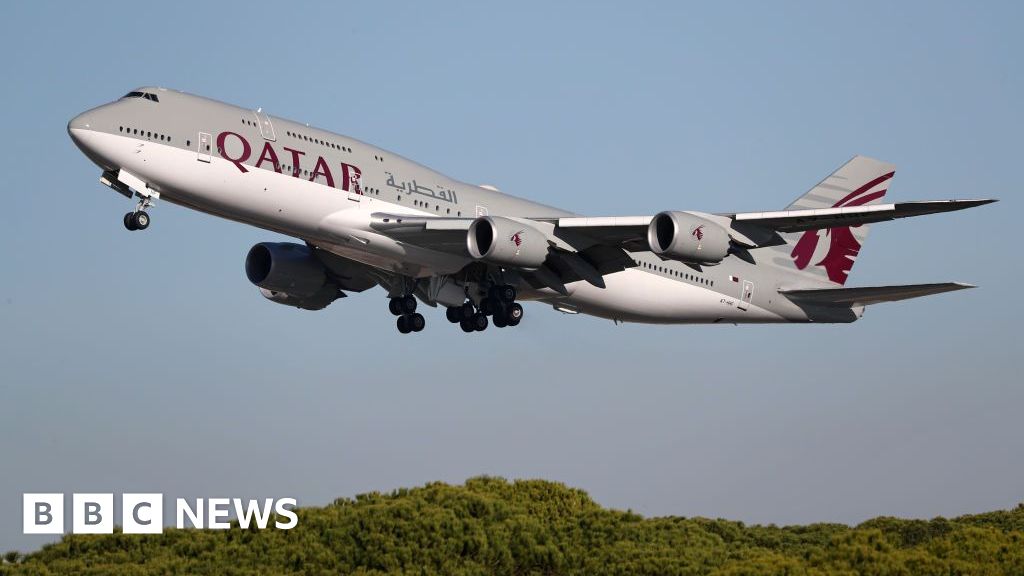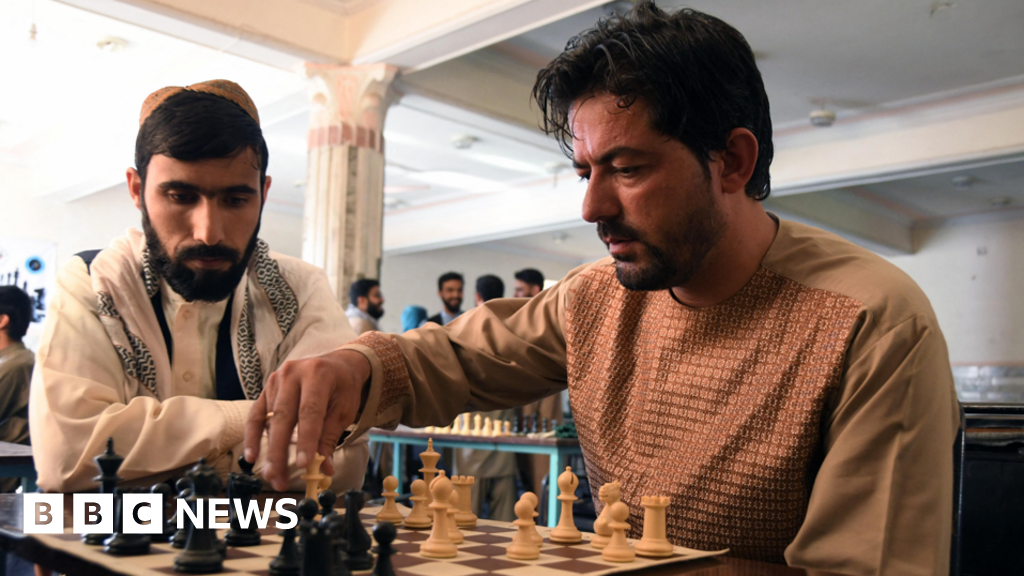As a conflict between India and Pakistan escalated, Vice President JD Vance told Fox News on Thursday that it was “fundamentally none of our business.” The United States could counsel both sides to back away, he suggested, but this was not America’s fight.
Yet within 24 hours, Mr. Vance and Marco Rubio, in his first week in the dual role of national security adviser and secretary of state, found themselves plunged into the details. The reason was the same one that has driven every president since Bill Clinton to deal with another major conflict between the two longtime enemies in 1999: fear that it might quickly go nuclear.
What drove Mr. Vance and Mr. Rubio into action was evidence that the Pakistani and Indian Air Forces had begun to engage in serious dogfights, and that Pakistan had sent 300 to 400 drones into Indian territory to probe its air defenses. But the most significant causes for concern came late Friday, when explosions hit the Noor Khan air base in Rawalpindi, Pakistan, the garrison city adjacent to Islamabad.
The base is a key installation, one of the central transport hubs for Pakistan’s military and the home to the air refueling capability that would keep Pakistani fighters aloft. But it is also just a short distance from the headquarters of Pakistan’s Strategic Plans Division, which oversees and protects the country’s nuclear arsenal, now believed to include about 170 or more warheads. The warheads themselves are presumed to be spread around the country.
The intense fighting broke out between India and Pakistan after 26 people, mostly Hindu tourists, were killed in a terrorist attack on April 22 in Kashmir, a border region claimed by both nations. On Saturday morning, President Trump announced that the two countries had agreed to a cease-fire.
One former American official long familiar with Pakistan’s nuclear program noted on Saturday that Pakistan’s deepest fear is of its nuclear command authority being decapitated. The missile strike on Noor Khan could have been interpreted, the former official said, as a warning that India could do just that.
It is unclear whether there was American intelligence pointing to a rapid, and perhaps nuclear, escalation of the conflict. At least in public, the only piece of obvious nuclear signaling came from Pakistan. Local media reported that Prime Minister Shehbaz Sharif had summoned a meeting of the National Command Authority — the small group that makes decisions about how and when to make use of nuclear weapons.
Established in 2000, the body is nominally chaired by the prime minister and includes senior civilian ministers and military chiefs. In reality, the driving force behind the group is the army chief, Gen. Syed Asim Munir.
But Pakistan’s defense minister, Khawaja Muhammad Asif, denied that the group ever met. Speaking on Pakistani television on Saturday before the cease-fire was announced, he acknowledged the existence of the nuclear option but said, “We should treat it as a very distant possibility; we shouldn’t even discuss it.”
It was being discussed at the Pentagon, and by Friday morning, the White House had clearly made the determination that a few public statements and some calls to officials in Islamabad and Delhi were not sufficient. Interventions by Saudi Arabia and the United Arab Emirates had little effect.
According to one person familiar with the unfolding events who was not authorized to speak publicly about them, after Mr. Vance suggested that the foreign conflict was not America’s problem, serious concerns developed in the administration that the conflict was at risk of spiraling out of control.
The pace of strikes and counterstrikes was picking up. While India had initially focused on what it called “known terror camps” linked to Lashkar-e-Taiba, a militant group blamed for the April attack, it was now targeting Pakistani military bases.
The Trump administration was also concerned that messages to de-escalate were not reaching top officials on either side.
So U.S. officials decided that Mr. Vance, who had returned a couple weeks earlier from a trip to India with his wife, Usha, whose parents are Indian immigrants, should call Prime Minister Narendra Modi directly. His message was that the United States had assessed there was a high probability of a dramatic escalation of violence that could tip into full-scale war.
By the American account, Mr. Vance pressed Mr. Modi to consider alternatives to continued strikes, including a potential off-ramp that U.S. officials thought would prove acceptable to the Pakistanis. Mr. Modi listened but did not commit to any of the ideas.
Mr. Rubio, according to the State Department, talked with General Munir, a conversation made easier by his new role as national security adviser. Over the past quarter-century, the White House has often served, if quietly, as a direct channel to the Pakistani army, the country’s most powerful institution.
Mr. Rubio also called Pakistan’s foreign minister, Ishaq Dar, and India’s nationalistic external affairs minister, S. Jaishankar, whom he had met on Jan. 22 in Washington.
It is not clear how persuasive he was, at least initially.
The State Department did not hold a press briefing on Saturday about the content of those calls, instead issuing bare-bones descriptions of the conversations that gave no sense of the dynamic between Mr. Rubio and the South Asian leaders. But the constant stream of calls from Friday evening into early Saturday appeared to lay a foundation for the cease-fire.
A senior Pakistani intelligence official who was not authorized to comment publicly about the negotiations credited the involvement of the Americans over the last 48 hours, and in particular Mr. Rubio’s intervention, for sealing the accord. But as of Saturday night, there were reports that cross-border firing was continuing.
Mr. Sharif, the prime minister, made a point of focusing on the American president’s role. “We thank President Trump for his leadership and proactive role for peace in the region,” he wrote on X. “Pakistan appreciates the United States for facilitating this outcome, which we have accepted in the interest of regional peace and stability.”
India, in contrast, said the United States had not been involved.
It is far from clear that the cease-fire will hold, or that the damage done may not trigger more retribution. Pakistan brought down five Indian planes, by some accounts.
Pakistani intelligence, the senior official said, assessed that India was trying to bait Islamabad into going beyond a defensive response. India wanted Pakistan to use its own F-16 fighter jets in a retaliatory attack so they could try to shoot one down, the official said. Those were sold by the United States because Pakistan is still officially considered a “major non-NATO ally,” a status President George W. Bush bestowed on the country in the months after the Sept. 11 attacks.
The senior Pakistani intelligence officer said the American intervention was needed to pull the two sides back from the brink of war.
“The last move came from the president,” the official said.
Source link
















